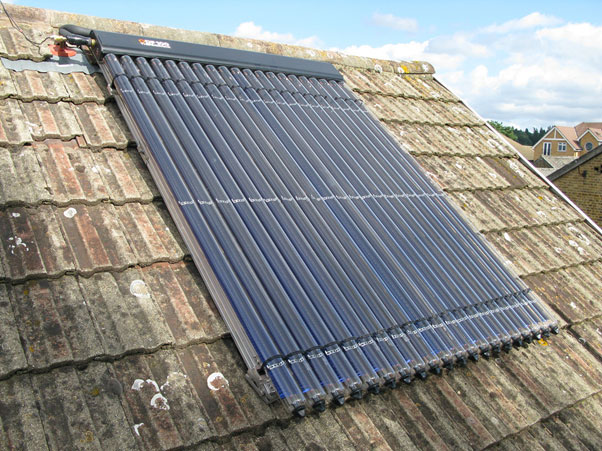
Among the available renewable energies, solar energy can be said to have the highest potential as the energy from the sun is close to infinite; we are only limited to our ability to efficiently harness them. Malaysia, which is located near the equator, is blessed with an abundance of solar energy throughout the year. This gives us the opportunity to constantly harness solar energy to reduce our dependency on fossil fuel and, subsequently, fulfil our part in combatting global warming.
Commonly, solar energy is harnessed using solar photovoltaic (PV) technology that converts the sun’s energy to electricity which then can be used in many of our appliances. But did you know, there are also other ways to harness solar energy?
Another technology available to harness solar energy is known as solar thermal. Solar thermal technology converts solar energy into heat, as opposed to electricity generated by PV technologies. In fact, we have been utilising solar thermal energy well before electricity was invented; the heat from the sun has been used to dry food and clothes since ancient times until this very day. Nevertheless, this article will focus on the comparison of solar PV and solar thermal technology and their uses.
As mentioned, the most common application is to convert solar energy into electricity. It is estimated that in Malaysia, the use of solar PV to generate electricity could satisfy 30% of our national electricity demand. Solar PV generates electricity using the light particles or photons from sunlight. When light particles or photons reach the solar PV cell, the photons will excite the electron in the PV cell and knock it out of its atom to be replaced by another electron. Multiply this effect by billions, a flow of electron is created generating electricity.
However, with the current technology, the efficiency of solar PV is only about 20%. This is mainly due to the composition of sunlight which consists of 50% infrared light, 40% visible light, and 10% ultraviolet light. Solar PV technology does not use infrared, and at the current advancement in PV technology, only a fraction of the remaining 50% of energy is converted into electricity.
Solar thermal, on the other hand, often uses a tube containing a working liquid medium (usually water – the plain kind) to absorb the incoming solar energy. Water in the tube will absorb the solar radiation as it passes through and, in the process, increases its own temperature. As the temperature rises, the water will then be pumped to another location where it will be used; a rather direct and simple approach. In terms of efficiency, solar thermal system can have an efficiency as high as 80%, which is way higher than that of solar photovoltaic system as solar thermal absorb the infrared light portion as well.
But if solar thermal is higher in efficiency compared to solar PV, why do we hear less about solar thermal? Well it is mostly because it has limited application and, in a common household, solar thermal system can probably be used only to generate hot water for showering purposes while electricity from solar photovoltaic can be used to run an electric water heater on top of air conditioner, refrigerator, television, and almost every sort of appliances found at home. This gives solar PV a major advantage over solar thermal.
With our electricity grid, it is also easier to transmit and distribute the electricity generated. Solar thermal lacks the capability for long distance distribution as the heated water will lose much of its heat before it reaches the end users. While a residential unit has limited application for solar thermal, manufacturing industries and large commercial industries such as hotels and shopping malls have the advantage of scale to effectively employ solar thermal technology due to their larger local heat demand.
To conclude, both solar PV and solar thermal technologies have their own advantages and limitations. Both technologies should be developed further to unleash their full potential for a sustainable energy system in the future.





